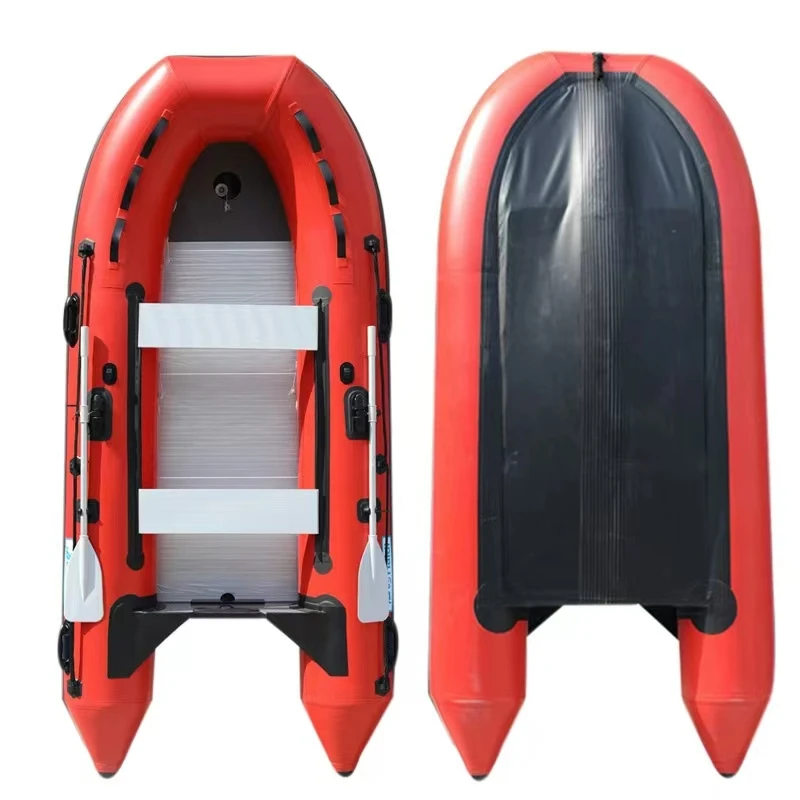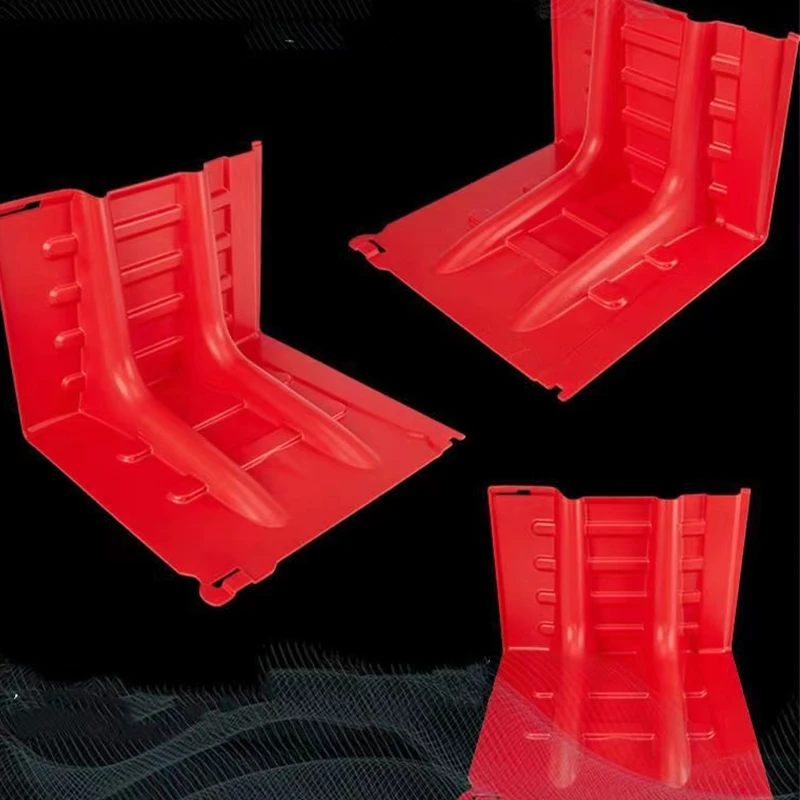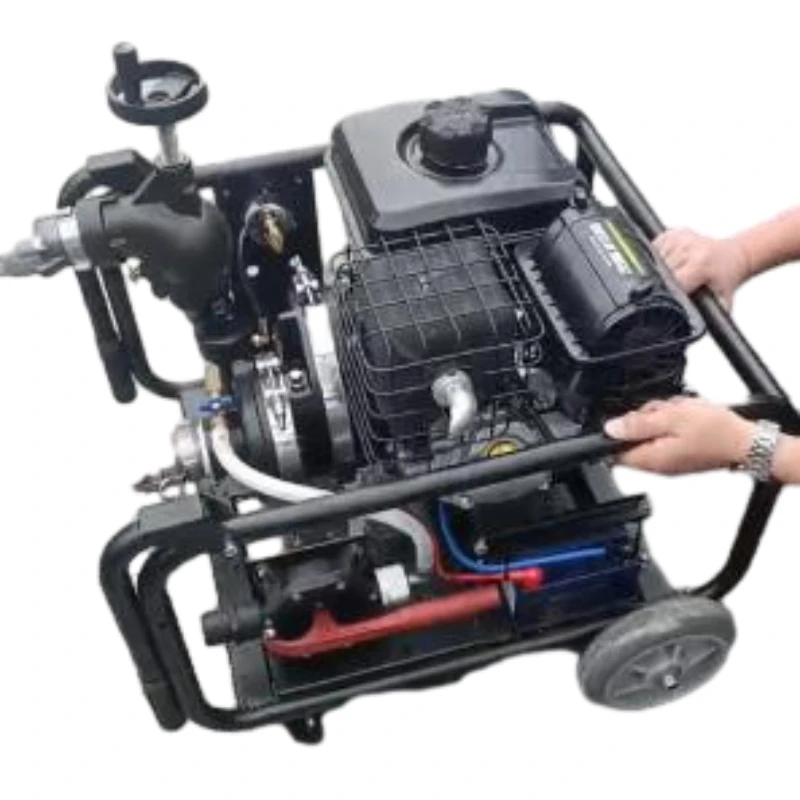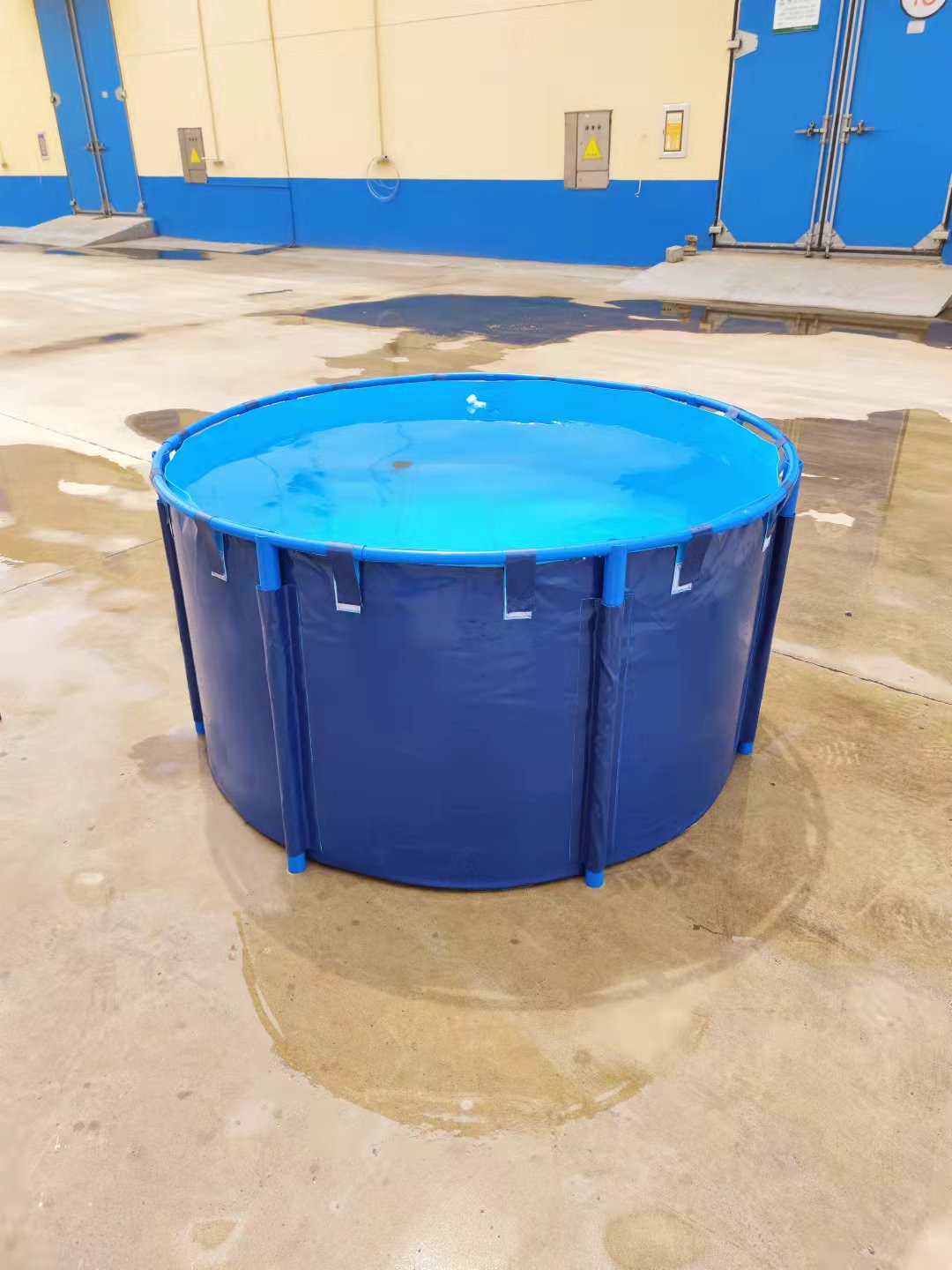Field Report and Buyer’s Guide: [Drip Torch(1L]
If you spend your springs chasing black lines and clean edges, you already know a good torch saves hours. The Drip Torch(1L from FFW Fire Safety sits in that sweet spot: light, tough, and frankly built the way crews actually work. It’s part of a family (1L, 2L, 3L, 5L), but I’ve been reaching for the one‑liter on quick ignitions and tight timber stands where agility beats sheer volume.

What’s changing in the field
Two trends jump out: lighter alloy tanks replacing heavier steel, and safer venting that reduces “glug” and vapor flash risk. Many customers say they want fewer moving parts and better balance on slopes. This unit answers with powder‑coated aluminum alloy, a cool-running safety loop, and a screw-type vent that introduces air at the tank bottom—simple, smart, reliable.

Core specifications (real‑world use may vary)
| Model | 1L (also 2L, 3L, 5L available) |
| Tank material | Lightweight aluminum alloy, powder‑coated red |
| Empty weight | ≈ 0.9–1.1 kg |
| Fuel | Diesel/gasoline mix (e.g., 3:1 or per agency SOP) |
| Wick | Inserted fiberglass wick |
| Vent | Screw-type; air introduced at tank bottom to relieve vacuum |
| Handle | “Hand lifting” handle for balance in any position |
| Service life | 5–8 seasons with routine maintenance |

Process flow and quality checks
Materials: aluminum alloy tank, stainless fasteners, fiberglass wick. Methods: TIG-welded seams, powder coating (ASTM D3359 adhesion checks), leak test (0 mL loss/5 min at ≈ 0.3 bar), hydrostatic test on random batches, and heat soak verification for the safety loop. Units ship from No.118 Youyi Street, Xinhua Dist., Shijiazhuang City, Hebei Province, China—worth noting for import docs.
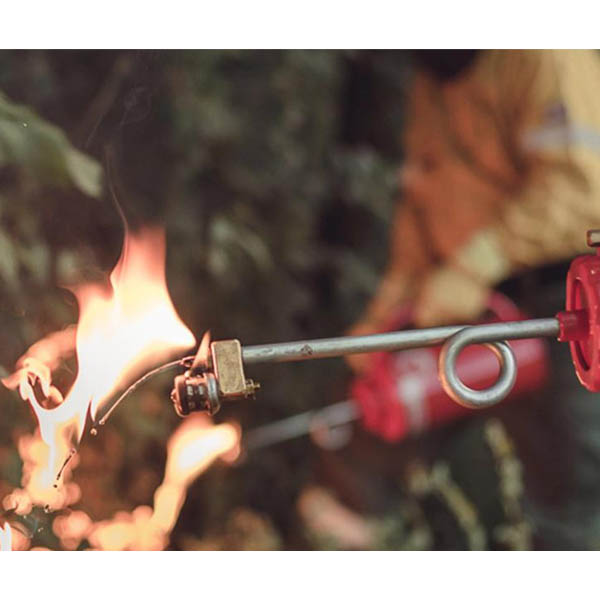
Where it excels
- Prescribed burns in pine and mixed hardwoods; tight understory paths.
- Range and prairie patch burns; quick blacklining before wind shifts.
- Right‑of‑way maintenance and ag firebreaks around orchards, vineyards, and storage yards.
- Training days—low fatigue, easy hand‑offs between trainees.

Advantages I noticed
Balance is genuinely good—less wrist torque when side‑hilling. The safety loop stays cool; no “boil-off” worries near the flame. And to be honest, the vent design reduces those annoying pauses as fuel level drops; lines look more continuous.
Vendor comparison (quick take)
| Vendor | FFW Fire Safety (Drip Torch(1L) | US Forestry Catalog Brand | Budget Import |
| Tank | Aluminum, powder‑coated | Steel or aluminum | Mixed alloys, paint |
| Weight | Light | Medium | Varies |
| Venting | Bottom‑air screw vent | Standard top vents | Basic vents |
| Support | OEM parts, custom options | Strong domestic support | Limited |
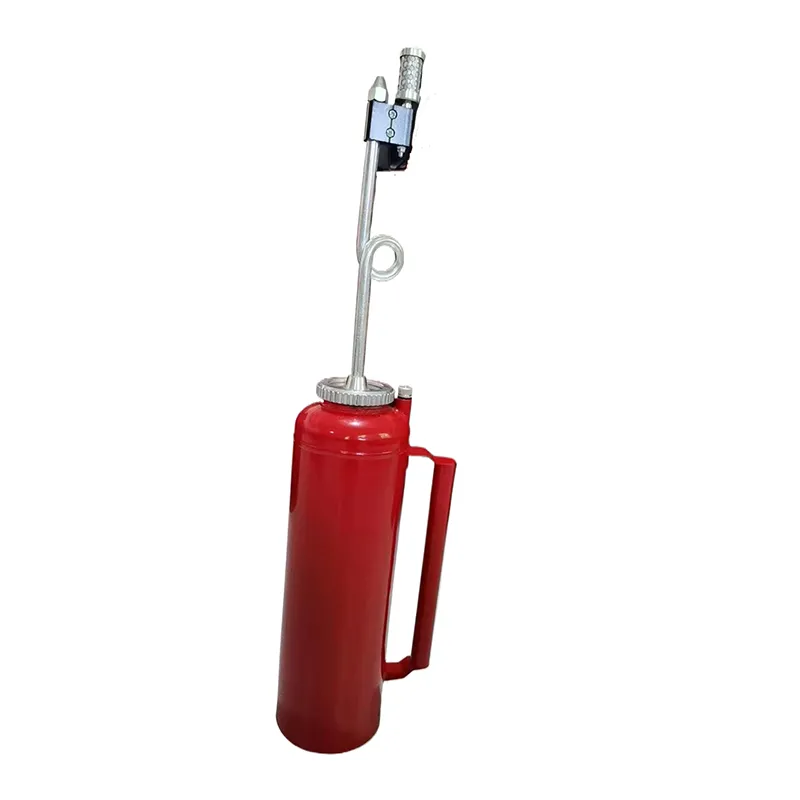
Customization and compliance
Options: capacity (1–5L), custom branding, spare wicks, extended spouts, and crate kits for agency deployment. Manufacturing QA can align with ISO 9001 systems, and fuel handling practices should follow NFPA 30 and OSHA 29 CFR 1910.106. For ignition operations, check your agency’s NWCG Red Book guidance.
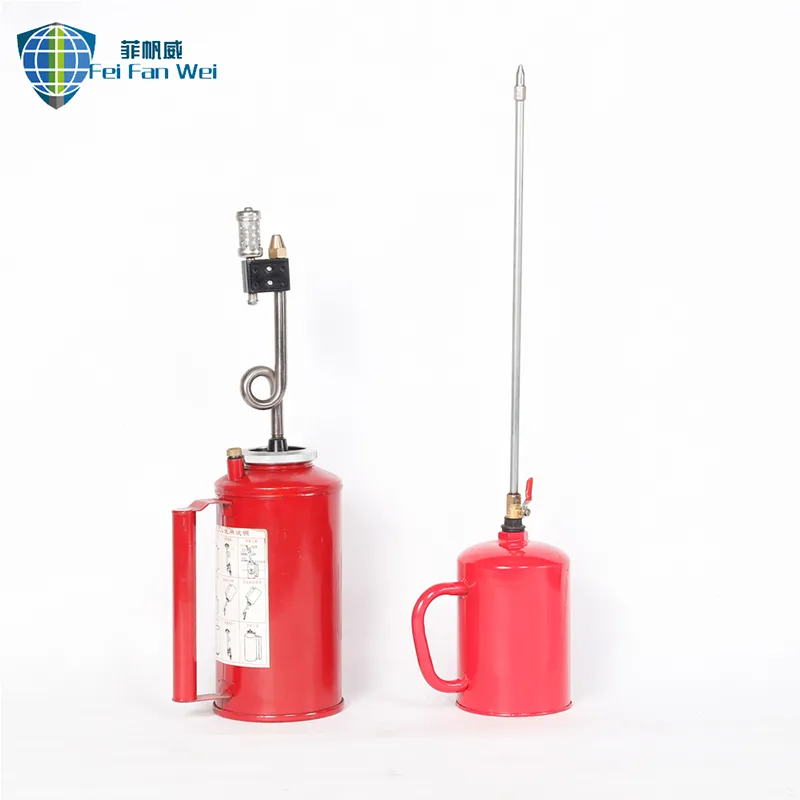
Field notes and test data
- Leak test: 0 mL loss/5 min @ ≈0.3 bar (batch sample).
- Coating adhesion: ASTM D3359 pass (cross‑hatch 4B–5B typical).
- Burn rate: around 0.6–1.0 L/hr depending on mix, wind, and pace.
- User feedback: “Steady flow, easy re‑light,” says a crew boss in Victoria; a utilities contractor noted fewer vent adjustments during long pulls.

Mini case studies
Pine plantation, SE US: Two technicians blacklined 14 ha before a frontal passage; the Drip Torch(1L kept pace with consistent dots and no vapor hiccups. Vineyard fuel break, Mediterranean coast: Narrow terraces demanded one‑hand stability—handle balance mattered more than expected. Highway ROW: Crews appreciated light carry when leapfrogging cones and lookouts.
Authoritative citations
- NFPA 30: Flammable and Combustible Liquids Code. National Fire Protection Association.
- OSHA 29 CFR 1910.106: Flammable Liquids. Occupational Safety and Health Administration.
- NWCG Interagency Standards for Fire and Fire Aviation Operations (“Red Book”). National Wildfire Coordinating Group.
- ASTM D3359: Standard Test Methods for Rating Adhesion by Tape Test. ASTM International.









